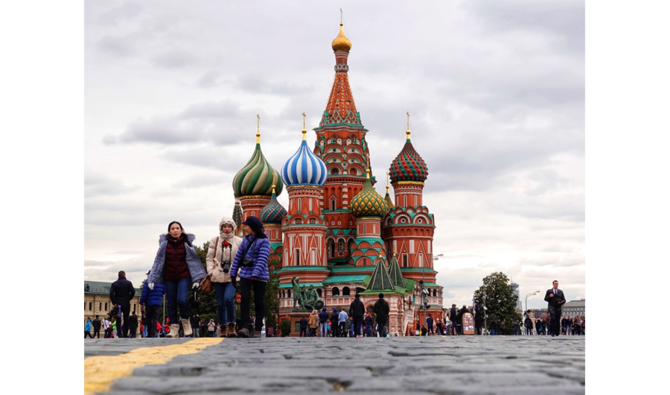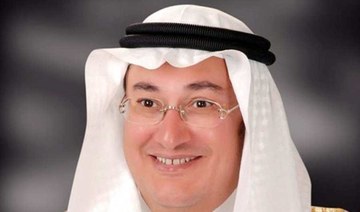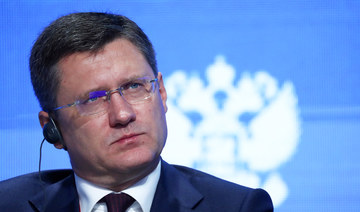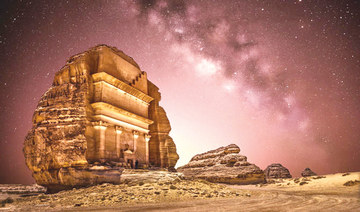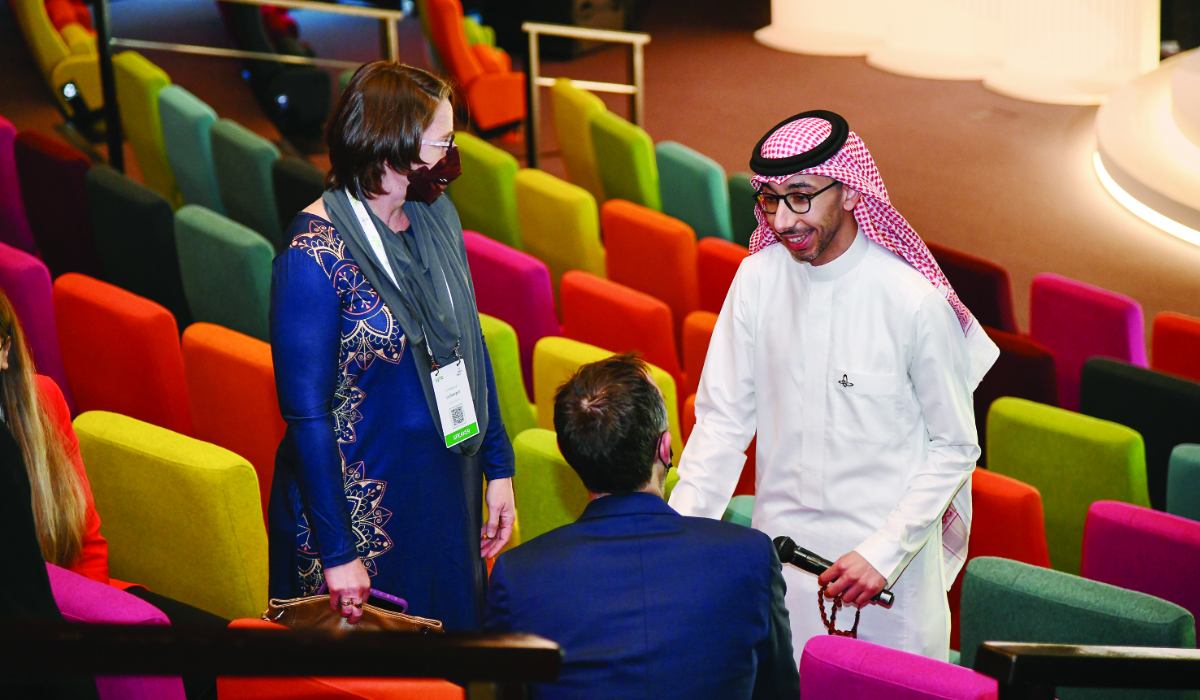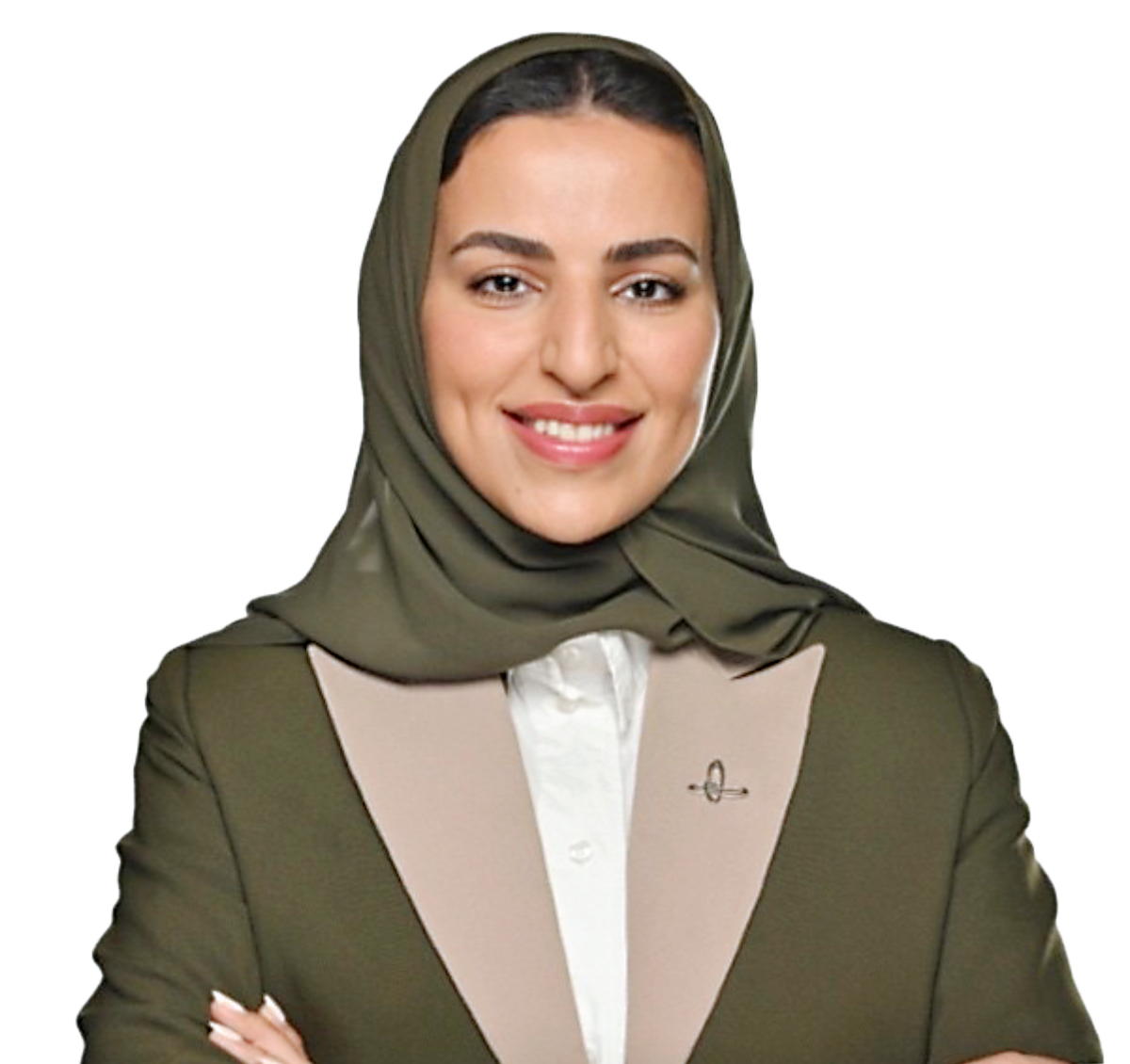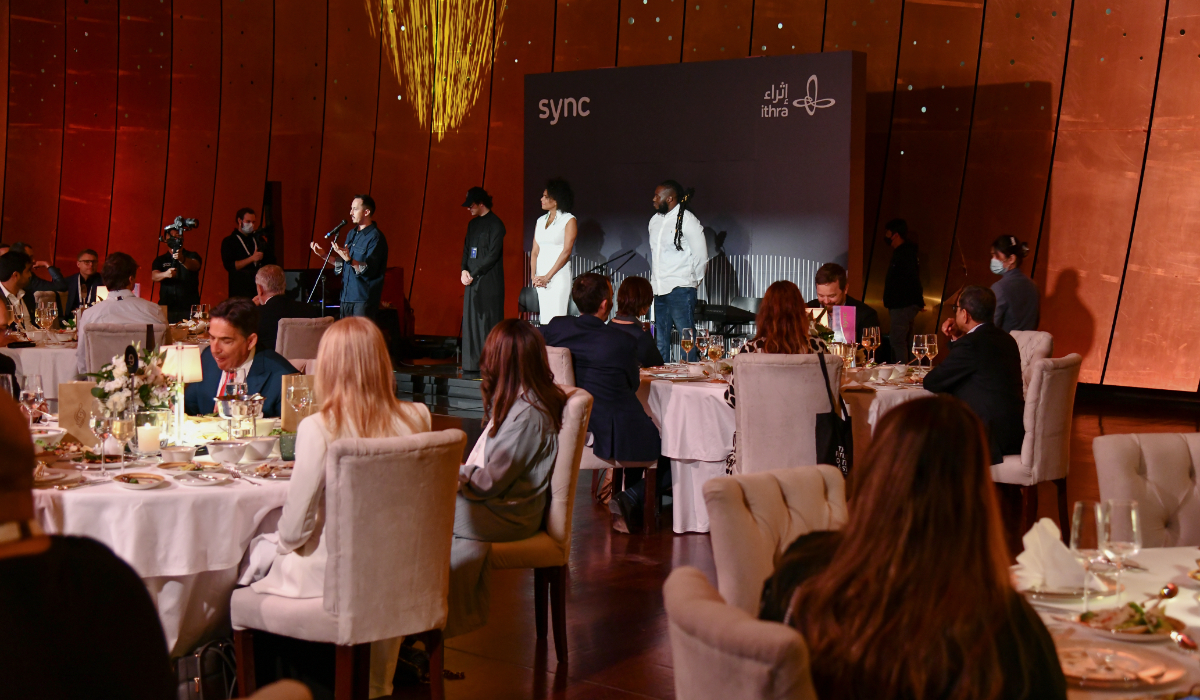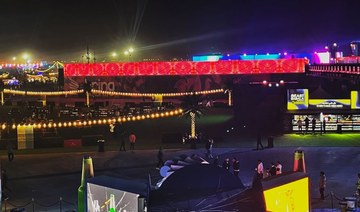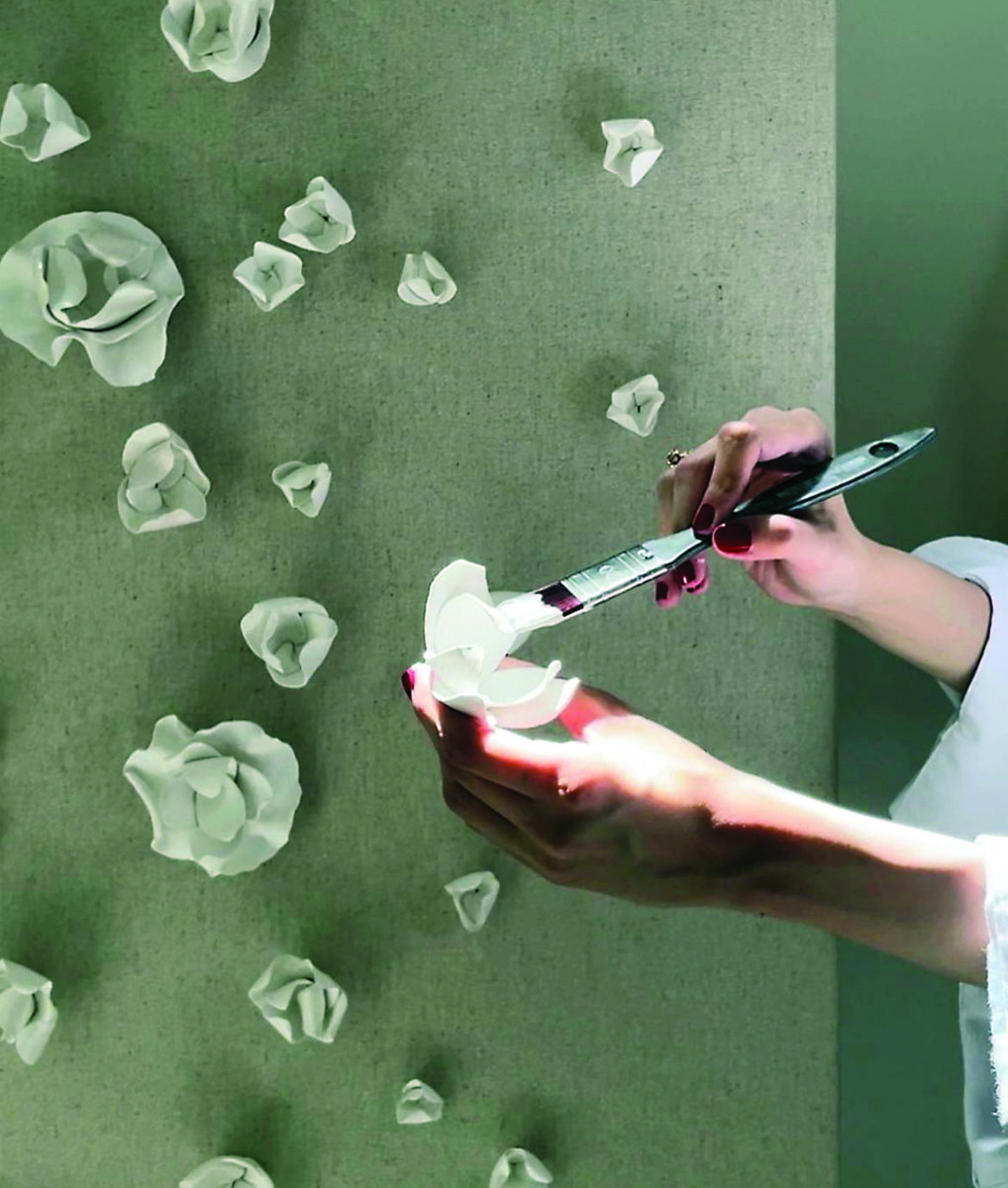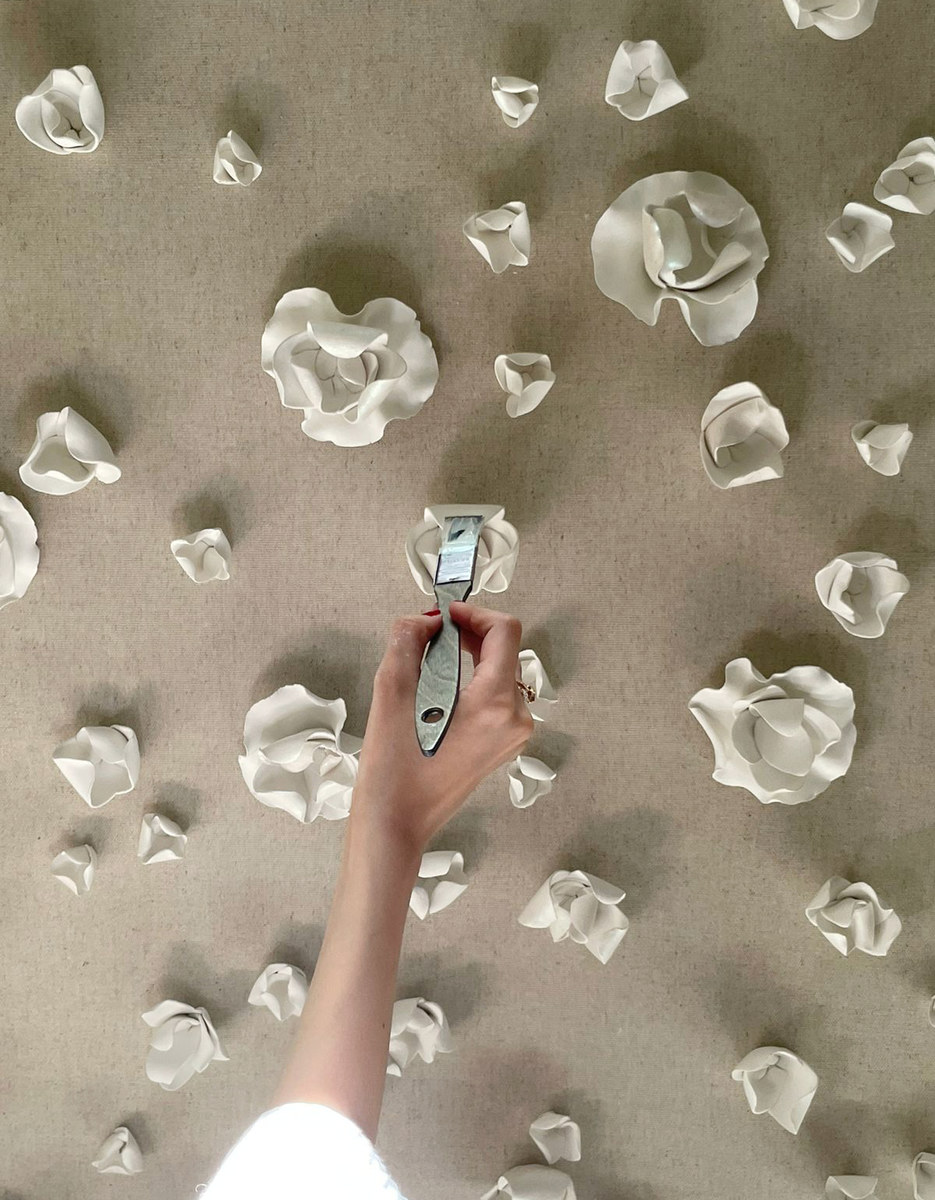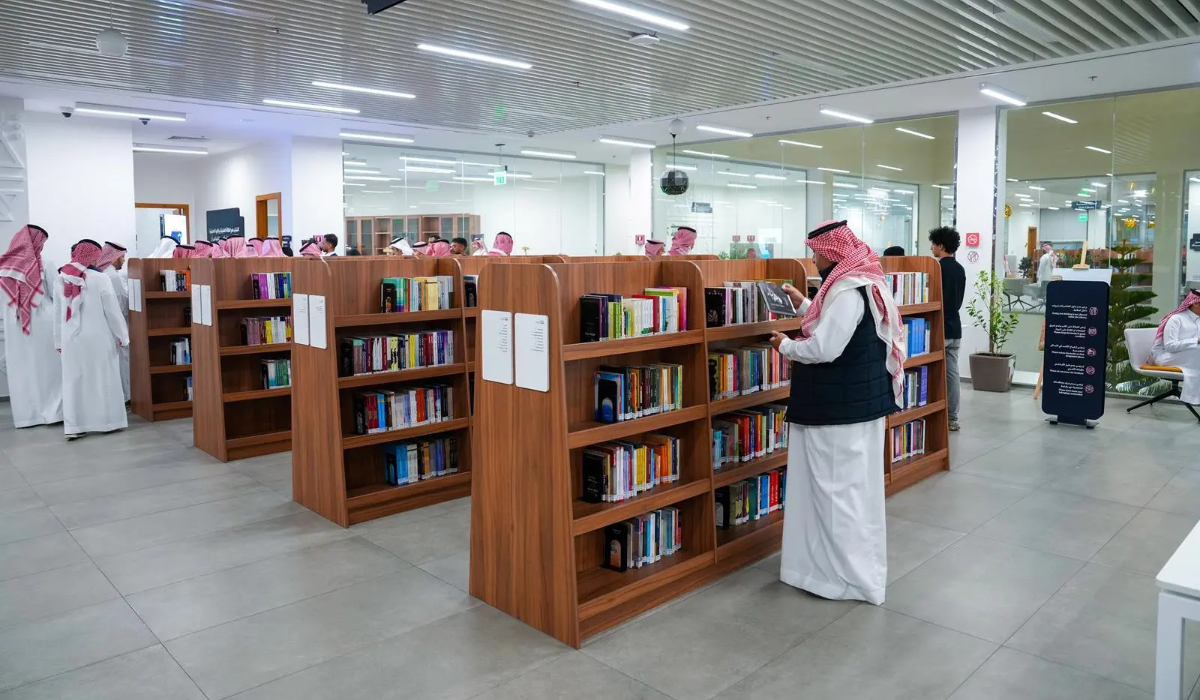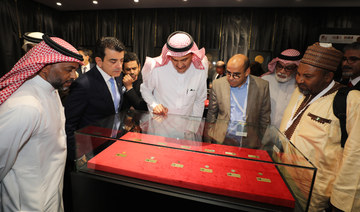MOSCOW: Walking the cobblestone streets around Moscow’s Red Square, tourists from far and wide enjoy the crisp, cool fall air, surrounded by architectural wonders dating back hundreds of years.
Similar to Saudi Arabia, which has begun promoting tourism for the first time, Russia has opened its doors wider to the world by easing visit restrictions, increasing the flow of tourists.
Zarina Doguzova, head of the Federal Agency for Tourism of the Russian Federation, explains to Arab News the dynamics behind it all. “Russia is now very focused on easing visa restrictions and formalities. At the moment, an electronic visa is used for tourists coming to the regions of the Far East, as well as to the Kaliningrad region. And just a very short while ago, an electronic visa regime went live in the territory of St. Petersburg and the Leningrad region,” said Doguzova.
Doguzova stressed to Arab News the importance of working with Saudi Arabia to increase mutual openness and to develop a successful travel industry in both countries.
“Saudi Arabia is on the list of countries whose tourists can visit Russian regions using an electronic visa. We are always happy to see tourists from your country visiting us. Moreover, from Jan. 1, 2021, an electronic visa will work throughout Russia, and we consider it a real breakthrough for global tourism. The same can be said about Saudi Arabia — the things you are doing are a new step in the development of global tourism,” she added.
Doguzova went on to explain that a significant easing of visa restrictions increases incoming tourism by an average of 10-15 percent for a country.
“Tourism is at the intersection of the economy and the country’s image, and that is why its value is even higher. Therefore, we are now developing the concept of Russia’s systematic promotion in international markets in terms of tourism potential.”
Russia is one of the 49 countries on the list recently announced by Saudi Arabia whose citizens will be able to apply for tourist visas to the Kingdom for the first time.
Ahmed Al-Khateeb, president of the Saudi Commission for Tourism and National Heritage (SCTH), announced on Sept. 27, 2019, at an event held in the Kingdom’s capital that international investors agreed to invest SR115 billion ($30 billion) in the tourism sector.
Al-Khateeb and Doguzova met at the 23rd session of the General Assembly of the UN World Tourism Organization held in St. Petersburg in September, the first high-level event hosted by Russia for the UN in the field of tourism.
FASTFACT
14,000 Saudis attended the 2018 FIFA World Cup using FanID, an identification document required by the Russian authorities that provided visa-free entry to Russia for foreigners that purchased tickets to the match.
At 6.6 million sq. miles, Russia is the largest country in the world in terms of landmass and an exotic destination for many. The 2018 FIFA World Cup in Russia gave it a serious incentive to develop tourism, with 14,000 Saudis arriving under the FanID visa that was launched before the start of the games. The e-visa system allowed fans to enter Russia visa-free once they had purchased their match tickets.
The number of tourists has soared since then, placing Russia on the global travel map. Russia saw a 10 percent increase in international tourists, with 4.2 million tourists overall in 2018, the state-run Vesti news website reported, citing the Federal Security Service (FSB) border guards.
Doguzova said there are many points of interest for both Saudi Arabia and the Russian Federation to maintain a mutual tourist flow.
With President Vladimir Putin’s state visit to Saudi Arabia, Doguzova hopes that both countries will sign the first framework agreement on tourism.
“For the first time, the Russian Federal Agency for Tourism has drafted such a document and agreed on it with the interested parties. This agreement will create a legal basis for further cooperation in tourism and will contribute to the development of tourism between our countries,” she said.
Doguzova noted that Russia has previously raised the issue of a possible visa-free regime between both countries and will continue to discuss the issue. “We are excited about Saudi Arabia’s efforts to promote tourism. A trend to lift visa restrictions is underway in the world because people want to cross the borders at will in order to travel. Visa liberalization is now taking place all over the world, and both Saudi Arabia and Russia are making significant progress in this field.”
“We want millions of tourists from all over the world, including Saudi Arabia, to discover our country,” she added.




